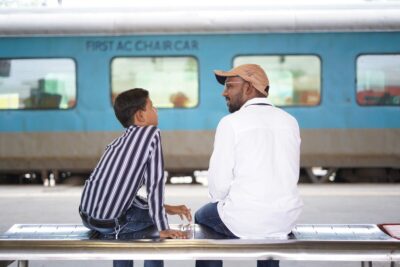
Protecting children and young people outside the home, on public transport and on the streets needs everyone to play their part. It’s called contextual safeguarding.
A child boards a train close to their home. They’re heading to the city seeking a better life, often escaping abuse and exploitation. They don’t intend to stay away forever, sometimes it’s just a few months while they find work and return with money for their family. Soon they find themselves missing from home on a noisy, chaotic platform caught up in vast crowds of people. Lost, alone and frightened – they have no idea where to go or what to do next.
Lack of food and basic amenities, unsanitary living conditions and inaccessible education force many children into exploitive, dangerous situations. Other children are escaping child labour, child marriage or terrifying ordeals.
Desperate for money, children are forced into child labour. In some communities it’s accepted as the norm with no understanding of the consequences. Children face physical danger daily. They’re robbed of a normal childhood and the chance to develop properly. And they’re denied the education that could help them, and their families, find a way out of poverty. Many children, believing they’ll find money more easily elsewhere, head to the streets.
India has the highest numbers of child brides in the world – most girls marry before they reach the legal age of 18. Family poverty, lack of education and social and cultural norms are just some of the reasons. Yet it puts young girls at higher risk of domestic violence, early pregnancy, social isolation and further poverty. Some children believe a better life is just a train ride away.
Children looking to escape unbearable situations or earn desperately needed money are easy prey for traffickers. Lured with the promise of a better life and money to send back to their families, the reality is very different. Many children we meet are running away from exploitation, abuse, danger and slavery. Too many children become trapped by the lies of traffickers.
3308
and 829 families protected across four transport hubs and seven communities
3442
children accessed school and education support through our 7 child activity centres
3851
railway officials trained on child rights and protection
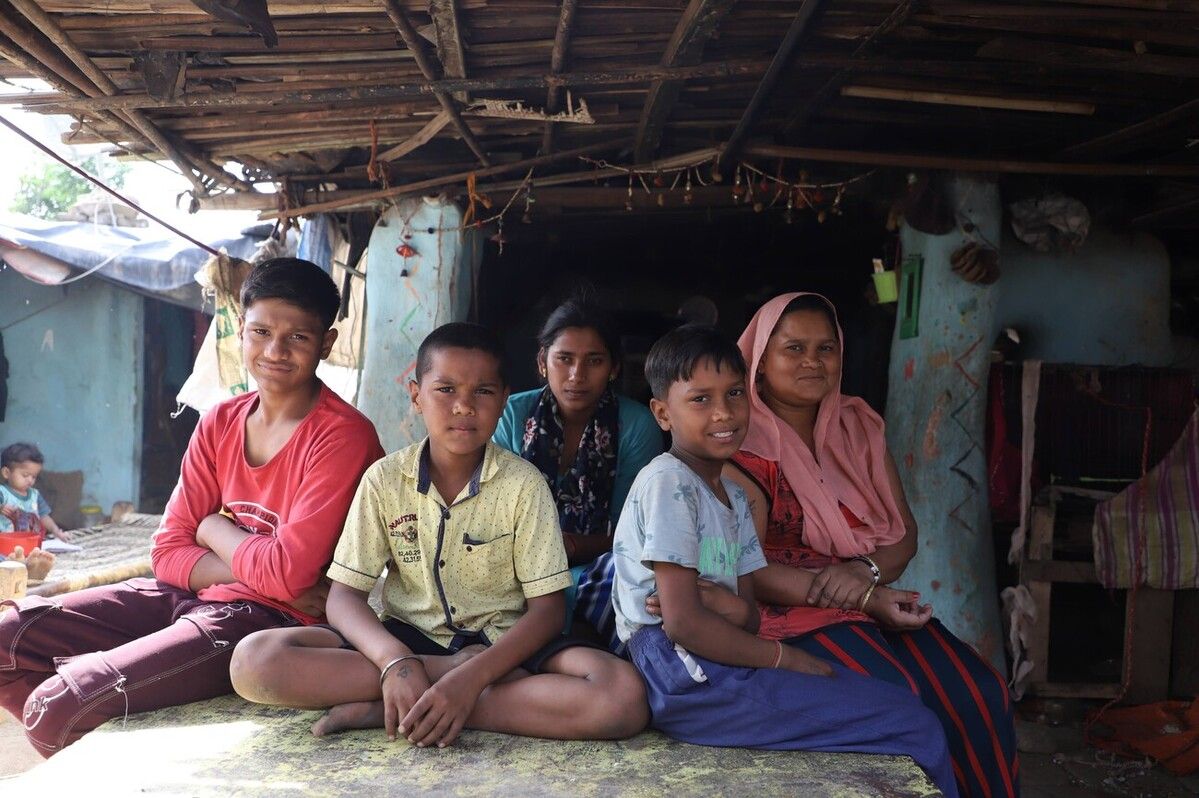
As the appointed agency for Indian Railways, our street workers reach children arriving alone on platforms as fast and as early into their journey as possible before gangs, criminals and predators can. We quickly build their trust so they can access crisis support and find safety at one of our shelters.
We also train transport staff, police, the Railway Protection Force and others to quickly spot vulnerable children and bring them to safety so we can support them.
Together, we make changes to how and when transport hubs are used, so they are hostile to predators and safer for vulnerable children and young people. It’s all part of our commitment to creating child-friendly stations.
Our child help desks on train station platforms enable vulnerable children to find help from someone they trust. They’re a safe space where we can secure temporary care for children and plan what to do next.
Our shelters provide short-term care for children found at stations. Many are traumatised so, as well as medical help, food and clean clothes, children can access counselling through music, dance and art. Young children also receive education, while older children are helped into employment so they can leave the streets for good.
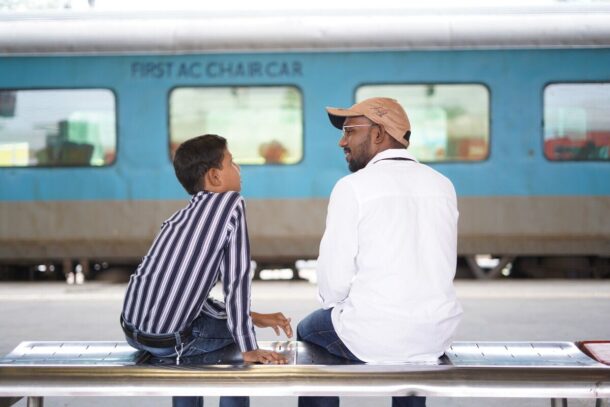 Play Video
Play Video
Often children in India are wary of adults and authority figures, making it difficult to gain their trust.
That’s understandable when vulnerable children struggling to survive on the streets are too often seen as a nuisance or are simply ignored. We want to change this. So we run awareness-raising activities with local media and help people understand how to challenge unacceptable attitudes and behaviour.
Alongside child protection units and committees, we reunite families, support them to stay together and help them work through the issues that led to separation:
Sometimes, it’s not possible for a child to return to their family. That’s when we secure a safe, family-based home where they can stay long-term and rebuild their future. We know that when children grow up in nurturing environments, they’re less likely to run away, even when they live in challenging conditions.
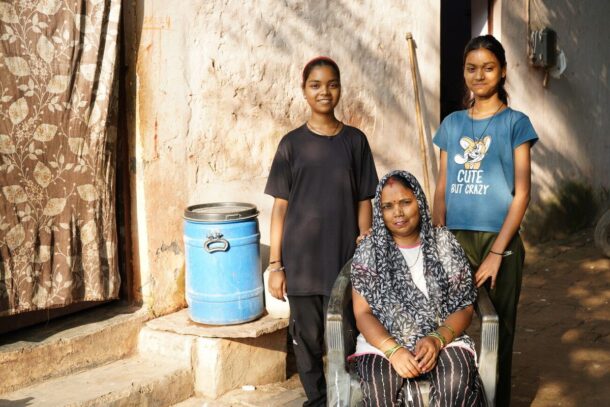
Our volunteer-run Child Protection Communities support vulnerable children at risk of running away. Established within villages, they bring communities together to identify welfare issues within families.
Links to social security schemes are run in collaboration with government authorities alongside camps to help families acquire the necessary legal documents to access health schemes and school enrolment.
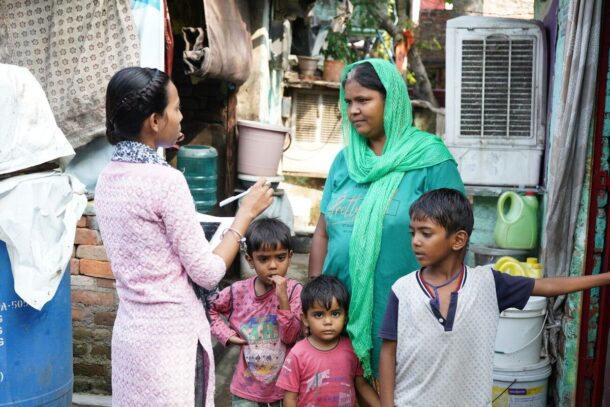

Protecting children and young people outside the home, on public transport and on the streets needs everyone to play their part. It’s called contextual safeguarding.
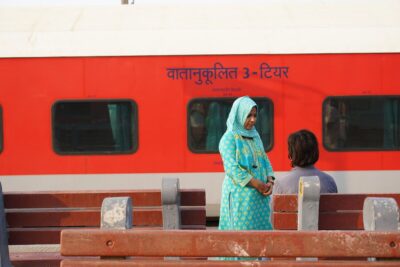
Through partnerships with government organisations, local authorities and the transport industry we build communities committed to protecting young people.
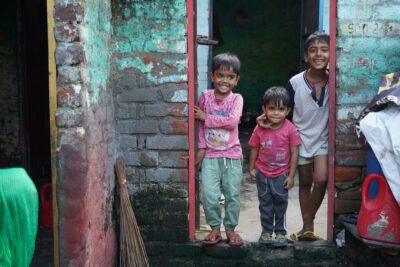
Awareness raising, skills training and confidence building help everyone spot and support vulnerable children, so more children have the chance of a brighter future.
As experts in the field of street-connected children, we work with the government in an advisory capacity. And we work alongside other NGOs and committees to recognise and protect vulnerable children on all levels.
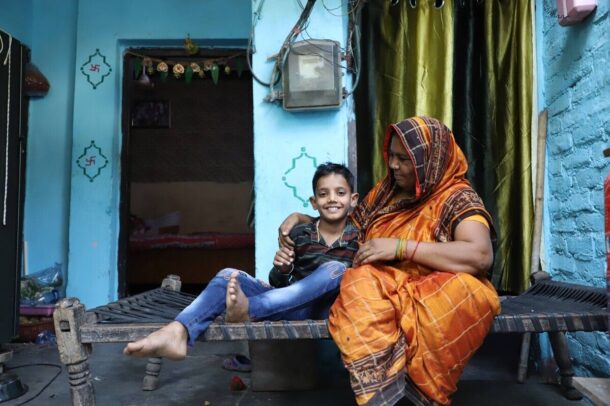 Play Video
Play Video
Support from people like you makes our work possible. It’s the only way we can make sure all children and young people are seen, heard and protected, so no child has to live on the streets anywhere in the world.